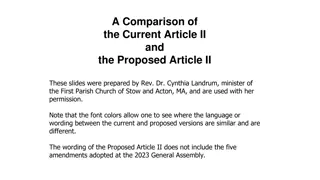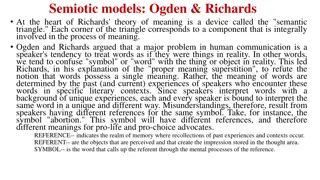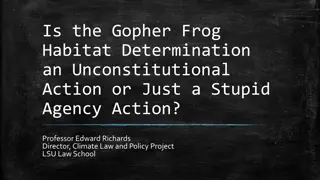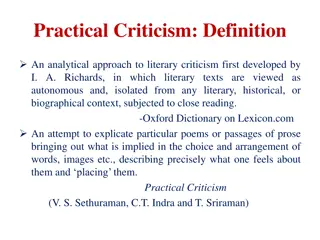
Understanding the Psychology of Violent Extremism through Sociopsychological Analysis
Delve into the complex dynamics of violent extremism by exploring themes of humiliation, shame, and societal influences on radical behavior. Discover how psychosocial factors interact within individuals and society, shaping the roots of extremist ideologies. Learn from the insights of Professor Barry Richards and relevant studies to gain a deeper understanding of the motivations behind violent acts.
Download Presentation

Please find below an Image/Link to download the presentation.
The content on the website is provided AS IS for your information and personal use only. It may not be sold, licensed, or shared on other websites without obtaining consent from the author. If you encounter any issues during the download, it is possible that the publisher has removed the file from their server.
You are allowed to download the files provided on this website for personal or commercial use, subject to the condition that they are used lawfully. All files are the property of their respective owners.
The content on the website is provided AS IS for your information and personal use only. It may not be sold, licensed, or shared on other websites without obtaining consent from the author.
E N D
Presentation Transcript
On the psychology of violent extremism PROFESSOR BARRY RICHARDS BOURNEMOUTH UNIVERSITY PSA GREEK POLITICS SPECIALIST GROUP WORKSHOP, 20 JUNE 2014 CANADA WATER LIBRARY LONDON
Humiliation/shame Retribution/retaliation/revenge e.g. non-ideological rampage killers; jihadi and neo-Nazi terrorists
Humiliated states of mind: origins Belief (perhaps delusional) in ongoing humiliation of self and/or others Type A Adult experience of humiliation Adult sense of humiliation Type B Childhood experience of humiliation + omnipotence > terror
Discontinuum EDL activist
Another discontinuum Anti- western conspiracy theories
Psychosocial analysis Societal context always in interaction with psychic interiority Example: the manufacture of dissent, as in media content > generation of Type A humiliation > potential for toxic mobilisation of Type B humiliation *** Professor Barry Richards brichards@bmth.ac.uk
Some reading Lankford, A. and Hakim, N. (2011) From Columbine to Palestine: A comparative analysis of rampage shooters in the United States and volunteer suicide bombers in the Middle East. Aggression and Violent Behaviour 16, 98-107. Richards, B. (2009) Explosive humiliation and news media. In Day Sclater, S., et al. (eds.), Emotion: Psychosocial Perspectives. Basingstoke, Palgrave Macmillan, 59-71. Richards, B. (2014) Extreme nationalism and the hatred of the liberal state , in N. Demertzis, ed., Emotions in Politics: The Affect Dimension in Political Tension. Basingstoke: Palgrave Macmillan, 124-142. Richards, B. (in press) What drove Anders Breivik? Contexts (journal of the American Sociological Association), forthcoming. Volkan, V. (2004) Blind Trust. Large groups and their leaders in times of crisis and terror. Charlottesville, VA: Pitchstone.






















